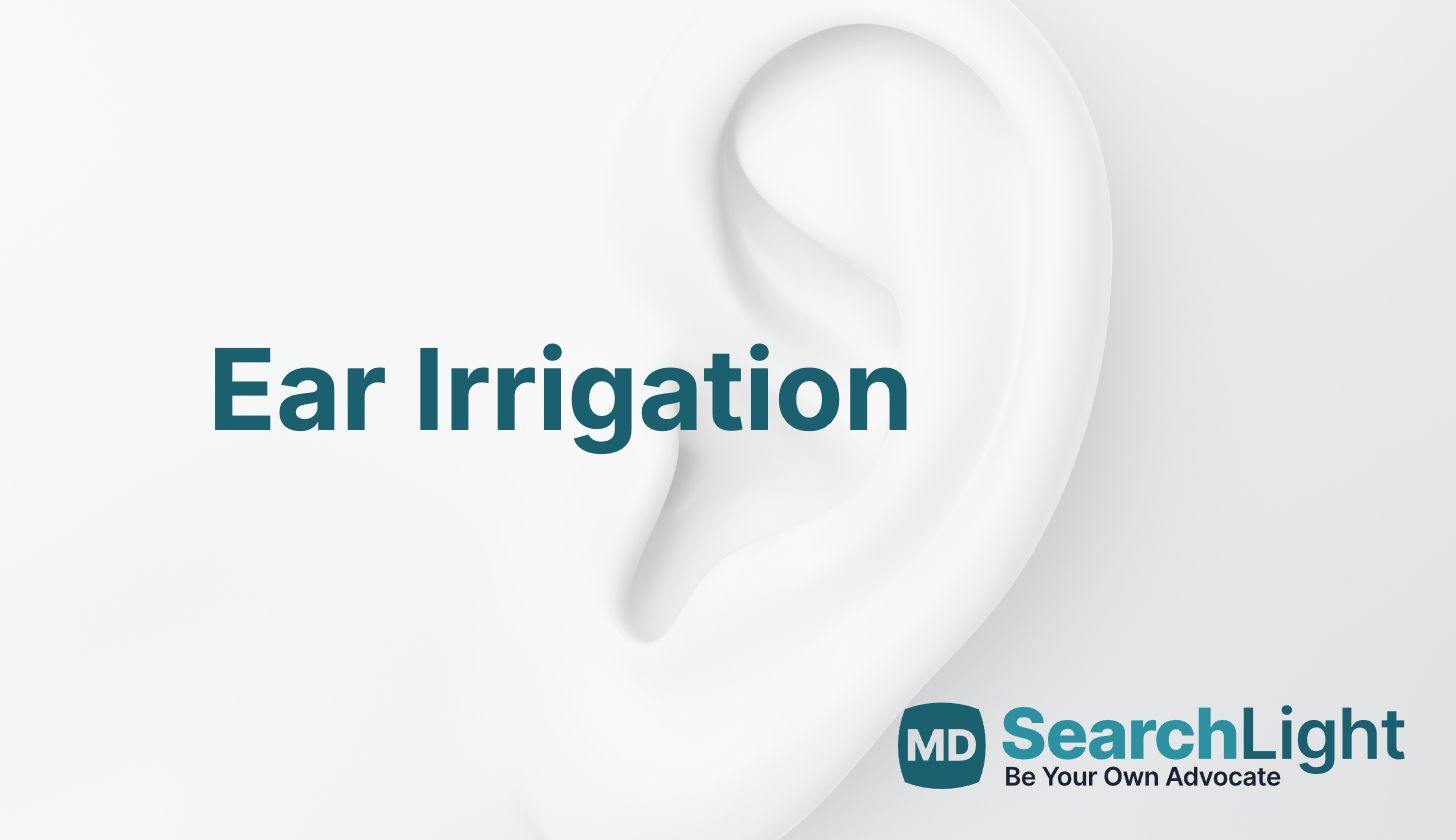
Most individuals view earwax as an inconvenience—something to be removed and thrown away. However, did you realize that this adhesive substance is a natural component of your body that may provide insights into your health?
If you routinely clean your ears at home, it merits reconsideration. While it forms part of general hygiene, overdoing it—or employing hairpins, toothpicks, and other sharp implements—can be more detrimental than beneficial. Experts caution that at-home earwax extraction kits can also be hazardous. Researchers are finding that earwax possesses “near-magical properties.” Rather than probing, it is advisable to allow qualified professionals to safely collect and analyze your earwax.
May is designated as National Hearing and Speech Month in Canada and Speech-Language-Hearing Month in the U.S. It’s an excellent opportunity to honor doctors, audiologists, and researchers—those who advocate for healthy hearing and overall wellness. Scientists are delving into the underestimated realm of earwax analysis and what insights it can provide regarding our health. Although it is a promising field and a method to monitor health issues, it largely remains experimental with unexplored possibilities.
Just as everyone has a unique fingerprint, our earwax is distinctive as well. Also referred to as cerumen, earwax consists of a blend of dead skin cells, secretion from glands, and hair, safeguarding the outer ear canal. Daily, cerumen moves from the interior to the exterior of the ear at a rate of approximately 0.05 millimeters, a pace comparable to that of fingernail growth.
Researchers are discovering that examining an individual’s earwax chemistry may yield valuable insights into diagnoses and conditions such as cancer, Alzheimer’s, and heart disease. Recent research is tracking stress hormones, environmental toxins, and medications. The color of your earwax can also suggest possible health issues, such as the yellow to green earwax associated with ear infections and blood streaks resulting from damage to the ear canal.
Researchers have revealed that analyzing earwax through a laboratory test known as a cerumenogram might aid in detecting cancer indicators. This straightforward test examines minor chemical alterations in earwax, some of which correlate with various cancer types. A recent study even demonstrated that it can identify early warning signs before cancer fully manifests. Since it is quick, painless, and low-cost, this test could potentially evolve into a valuable resource for diagnosing, treating, and possibly preventing cancer.
However, there is no universally recognized procedure to gather and assess earwax. Given that this is a developing area of early-stage investigation, earwax is still not widely acknowledged or employed by physicians as a diagnostic instrument. Additionally, costs remain elevated without the commercial production of devices and insurance reimbursements. The Ontario Health and Insurance Plan (OHIP) currently does not cover the expense of earwax removal, except in certain cases. In Canada, the cost of earwax removal can vary from $45 to $90. In the U.K., millions without funding or assistance for earwax services are urging their government to take action through the Stop the Block campaign.
Earwax is more than mere waste—it’s a treasure trove filled with clues about our history, snapshots of our current state, and insights for our future health. As interest in earwax analysis expands, here are five strategies to fully harness its potential in Canada and beyond:
1. Researchers are just beginning to reveal what earwax can convey. Funding is necessary to continue investigating earwax as a health resource.
2. As with any new medical methodology, appropriate guidelines are required to ensure earwax analysis is conducted safely and ethically.
3. Governments, academic institutions, industries, and insurance providers should collaborate to integrate earwax analysis into standard health care.
4. If earwax analysis can assist in early illness prevention, it should be incorporated into health insurance plans—similar to blood tests or routine check-ups.
5. Through public awareness campaigns and social media, let’s transform perceptions: earwax isn’t unappealing—it’s a health record that deserves attention.
Our earwax gradually accumulates over time, yet holds significant potential. As a non-invasive and easily obtainable sample, it stands as a promising addition to the diagnostic arsenal. It’s time we begin to heed what it has to communicate.